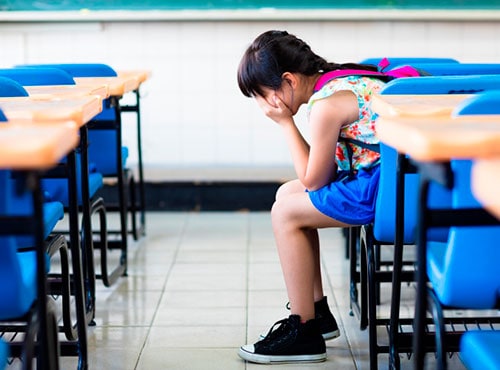
Gossip on its own simply means conversation between people about a person not present. However, to most of us, gossip currently has a negative connotation as it is typically a conversation criticizing an absent person. Rumors are based on hearsay and/or outright lies with the intention of being malicious.
Where does gossip and rumor spreading thrive? In-person and on-line. Many students experience gossip and rumors at school, daycare, sports, and after-school activities. In today’s technological oasis, children are spending up to 10 hours a day interacting with technology. This means that gossip and rumors don’t stop with the end of the school day, nor can they be squashed as quickly or easily.
You might be asking yourself, “How can I help lessen the impact of gossip and rumors?”
1. Technology usage and awareness. As a parent, would you let your 11 year old navigate a large city unsupervised? As a teacher, would you allow your class to lead the way on a field trip to a large city?
Setting boundaries and expectations on technology use can help limit exposure to gossip and rumors and minimize their perpetuation. You can require electronic devices be stored in a communal area of the house or classroom; set a “Shut Down” time. For parents specifically, if your child has social media accounts, you can require them to add you to their accounts.
Much like other social skills, children need to learn how to interact appropriately with others using technology. A common acronym about technology/social media etiquette is THINK (True, Helpful, Inspiring, Needed, Kind). A more explicit skill to teach and have children practice could be Using Social Media Appropriately–
Step #1 – Avoid reading or posting negative, harmful, or offensive messages about others.
Step #2 – Use the skill of peer reporting or self- reporting if you run across a dangerous or harmful situation (such as words or images depicting bullying or harm to others or self).
Step #3 – Ask a trusted adult for help if you feel uncomfortable about something you have seen or read.
Step #4 – Treat social media interactions like face-to-face interactions – with respect.
2. Intentional questions. Find time to connect with the children and students in your life during the day. Ask specific questions that elicit thoughtful responses:
- What was an unexpected event that happened?
- Who did you eat lunch with?
- How did you tackle a tough moment during the day?
- Who helped you out the most today, how?
- Were you able to help someone out today, how?
3. Proactive conversations and practice. As adults, we are the guides to help teach social skills. Some beneficial skills could be:
- Greeting Others
- Accepting Criticism
- Disagreeing Appropriately
- Offering Help
- Problem Solving
By providing exposure and explicit practice with these skills, we are providing students with tools to help them navigate their way through the social nature of our environment.
Parents can work on skills after school/work while checking in on their child’s day. Teachers can blend social skills into academic lesson plans to show students how the skill they’re working on can be utilized in different scenarios.
When we empower children to self-manage their interactions with others throughout the day and advocate for themselves, they are able to positively confront gossip and rumors, which, lessens the impact and strength of the initial issue.
